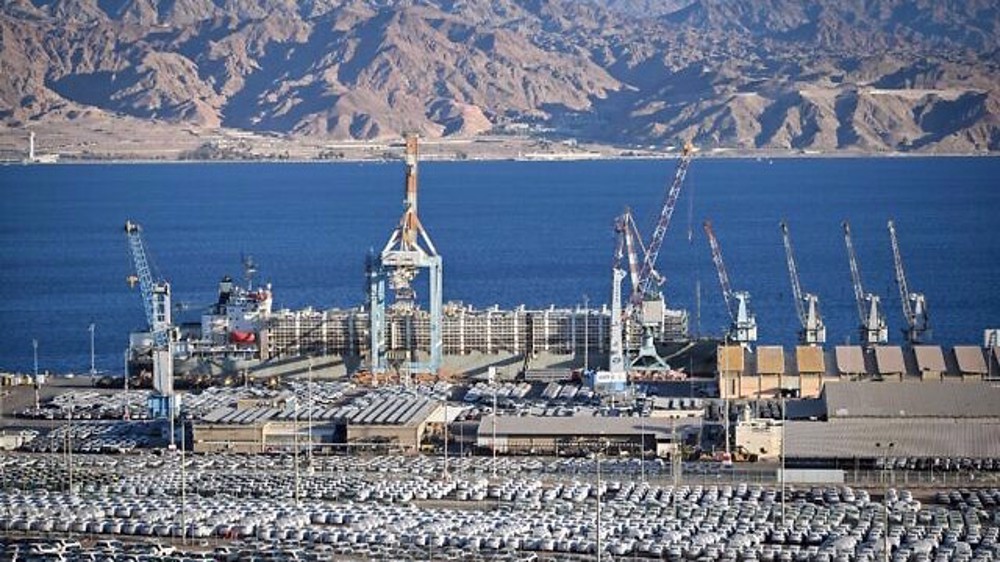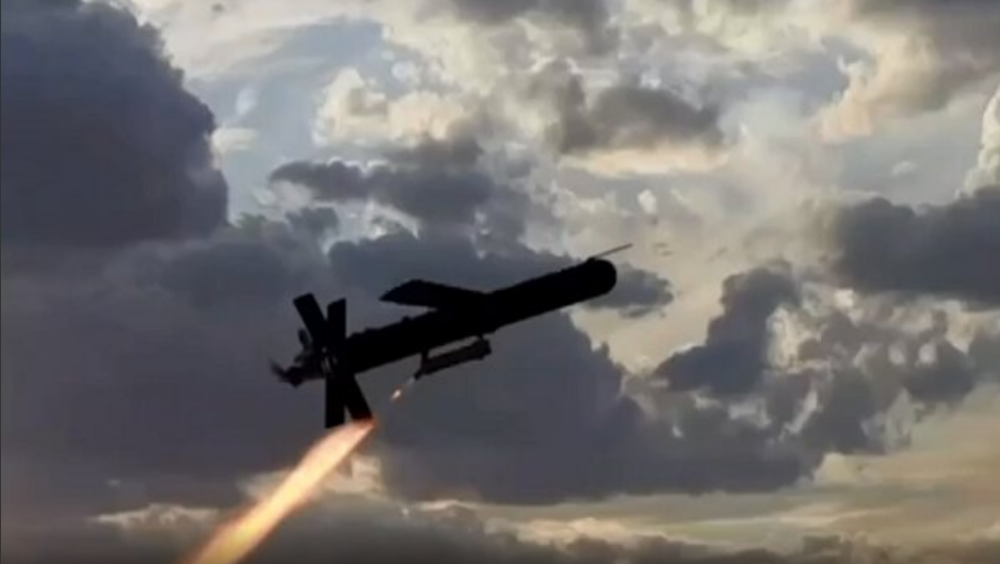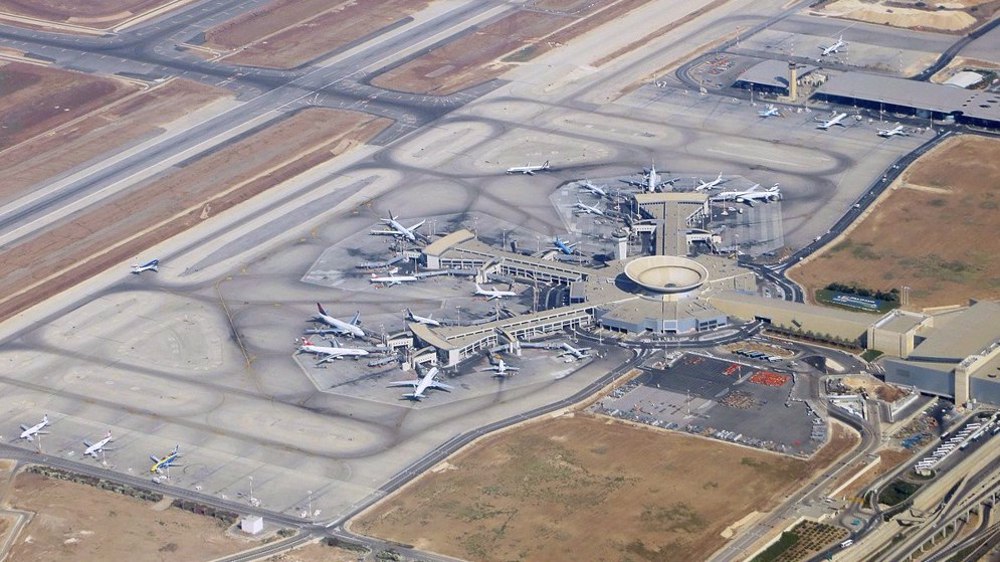Explainer: Why Iraqi drone strike on Israeli naval base in Eilat shocked Zionists?
By Ivan Kesic
The Islamic Resistance in Iraq has in recent months carried out a string of military operations targeting both the illegal US military bases as well the Israeli military sites deep inside the occupied territories.
In the early hours of Saturday, oil refineries in Haifa were targeted with drones. A night before, two back-to-back operations targeted the Ramat David airbase and another vital target in Ashdod.
Before these operations, the Haifa Airport was also targeted at least twice by unmanned aerial vehicles.
However, one such operation that surprised many military pundits but was largely overlooked by the mainstream media was the strike on the Eilat naval base by the Islamic Resistance in Iraq.
The Monday strike, involving a barrage of drones, caused yet another major embarrassment for the Israeli regime's land-based and naval military systems.
"In support of our people in Gaza, and in response to the massacres committed by the usurping (Zionist) entity against Palestinian civilians, including children, women, and the elderly, the Mujahideen of the Islamic Resistance in Iraq struck a vital target with appropriate weapons this morning," read the statement issued by the Iraqi resistance on April 1.
The target in question was the Eilat Naval Base, the only Israeli naval base in the Red Sea and home to the 915th Patrol Squadron, positioned on the extreme northwestern part of the Gulf of Aqaba.
Where is the targeted site located?
It is located about a kilometer northeast of the cargo port of Eilat, which has been almost completely inactive for months due to the naval blockade implemented by Yemen in solidarity with Palestine.
Photos and footage released the same morning showed that the impact caused damage to the southern third of the naval hall, the central and largest port building at the base, on whose hundred-meter-long facade the Israeli regime’s flag is emblazoned.
The extent of the damage and the angle of impact revealed that the strike was carried out by a loitering munition, i.e. a kamikaze drone, which was later confirmed by Israeli official sources as well.
The morning imagery also showed that a Sa'ar 4.5-class missile boat was moored at the wharf, some 50 meters from the damaged central building.
The private and surveillance footage, taken from the direction of the western neighborhood of Shahamon on Ramat Yotam hills, showed that at the time of the powerful explosion, a Sa'ar 6-class corvette was also moored at the wharf a little further south.
This testifies that moments before hitting the central building, a drone flew a few meters above the corvette, which then left the berth the same night.
The apparent flyby led to speculation that the target of the strike was actually a half-billion-dollar corvette, although it is just as likely that it was the central building as a fixed target.
How did the drone strike the base?
Israeli military officials stated that the drone entered their airspace "from the east," thus confirming the Iraqi resistance’s statement as the direction points to Jordan and Iraq, in contrast to other paths taken by Yemeni drones from the south.
Although official Israeli regime sources have not said whether any interception was attempted, the footage confirms that this is not the case as there are no signs of interceptor missiles in the sky.
Other private footage showed panicked Israeli soldiers fleeing to the shelters of apartment buildings with the sound of sirens, which proves that the attack was detected by radars.
Israeli officials initially tried to downplay the significance of the attack, stating that there was "minor damage" and "no casualties" in the first statements.
The shock and imprudent move
However, the anger behind closed doors was so overwhelming that the very next day they resorted to a reckless terrorist attack on the Iranian consulate building in the Syrian capital Damascus.
Their state of shock and helplessness is best reflected by the reactions in Israeli media, which described the strike as "the most serious" since October 7, emphasizing that it was an "unusual" occurrence.
They also expressed surprise and disappointment over the drone's successful penetration of their airspace and precise targeting; highlighting that such an outcome was not anticipated.
The significance of the strike is not in the price of structural damage or the symbolic destruction of the facade with the regime flag, but rather that the Israeli military industry was once again left embarrassed in the eyes of the world with its unsuccessful air defense systems.
Regional resistance movements have targeted Eilat with drones and rockets several times in recent months, but never a naval base full of state-of-the-art warships, and in all cases Israeli systems at least attempted to intercept them.
Why was this strike different from others?
In this unique case, it was a total and also a double failure because both land-based and naval air defense systems failed to react to the surprise attack.
The land-based system in question is Iron Dome, whose inefficiency was elaborated by Press TV before and after the outbreak of the ongoing genocidal war on the besieged Gaza Strip.
Air defense systems on Sa'ar 4.5- and Sa'ar-6 class warships include automatic cannons, Barak 1 and Barak 8 missiles, and C-Dome as a naval version of Iron Dome.
Most of these systems were put into use in recent years and the Israeli regime had ambitious plans for exports and multibillion profits, advertising them as the best and most efficient at the global level.
In theory, even supersonic anti-ship missiles should not be able to approach all modern warships within a few kilometers due to their multi-layered defense systems.
Nevertheless, the case from Eilat shows that warships with Israeli air defense systems can be easily attacked by a slow drone, flying at least 7 kilometers over the clear radar-visible sea surface or the Aqaba-Eilat coastal plain.
Iron Dome and its sister Israeli air defense systems have failed thousands of times in recent months, but never before has there been such clear visual evidence of their ineffectiveness.
A destroyed building in the middle of a key naval base and next to a supposedly state-of-the-art warship will undoubtedly remove even the slightest optimism in efficiency among previously potential international buyers.
Russia involved in $7.5bn worth of petroleum contracts in Iran: Minister
Iran president orders probe to identify perpetrators of Supreme Court terrorist attack
Iran-Russia partnership deal primarily covers economic cooperation: Araghchi
Fighting Israel’s impunity over Gaza genocide a 'global responsibility': Iran
Islamic Jihad: Israeli captives could return 'in coffins' if attacks on Gaza continue
VIDEO | Israel-Hamas ceasefire agreement
Iran-Russia strategic alliance bedrock of shift toward new world order
Yemeni forces target Israeli war ministry with ballistic missile
















 This makes it easy to access the Press TV website
This makes it easy to access the Press TV website